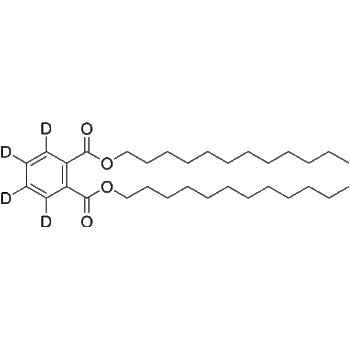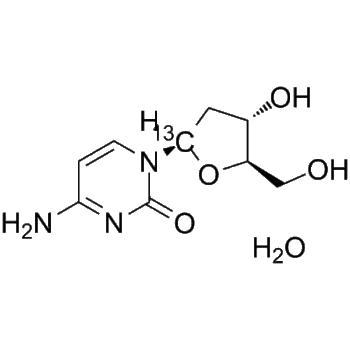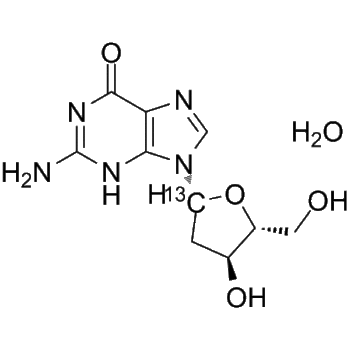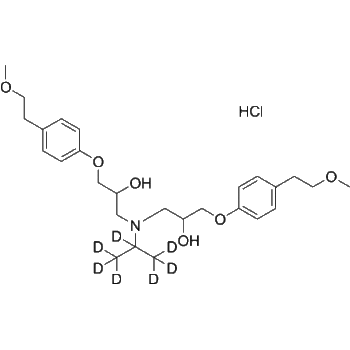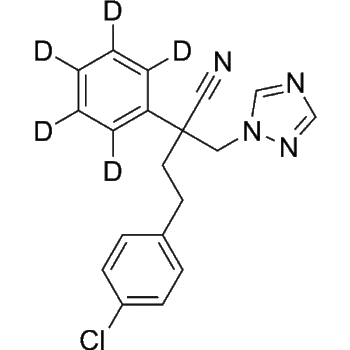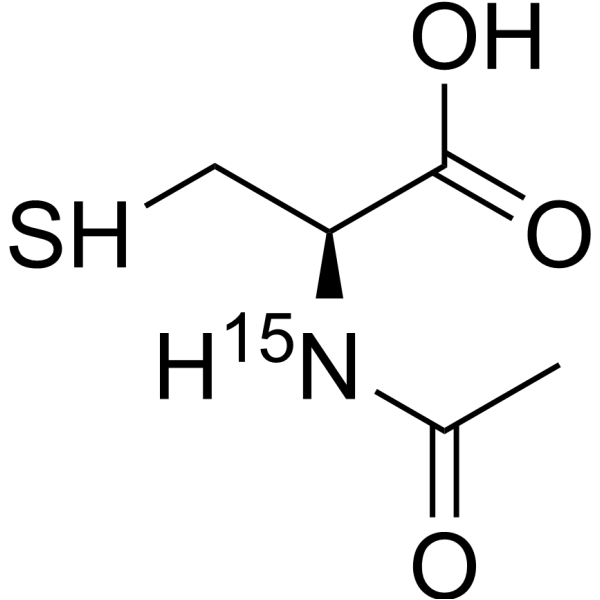
Download Files:
Acetylcysteine-15N
Products Details
Product Description
– Acetylcysteine-15N (N-Acetylcysteine-15N) is the 15N-labeled Acetylcysteine. Acetylcysteine (N-Acetylcysteine) is a mucolytic agent which reduces the thickness of the mucus. Acetylcysteine is a ROS inhibitor[1]. Acetylcysteine is a cysteine precursor, prevents hemin-induced ferroptosis by neutralizing toxic lipids generated by arachidonate-dependent activity of 5-lipoxygenases[5]. Acetylcysteine induces cell apoptosis[2][3]. Acetylcysteine also has anti-influenza virus activities[7].
Web ID
– HY-B0215S1
Shipping
– Room temperature
Applications
– COVID-19-anti-virus
Molecular Formula
– C5H9 15NO3S
References
– [1]Halasi M, et al. ROS inhibitor N-acetyl-L-cysteine antagonizes the activity of proteasome inhibitors. Biochem J. 2013 Sep 1;454(2):201-8.|[2]Ferrari G, et al. N-acetylcysteine (D- and L-stereoisomers) prevents apoptotic death of neuronal cells. J Neurosci. 1995 Apr;15(4):2857-66.|[3]Tsai JC, et al. Induction of apoptosis by pyrrolidinedithiocarbamate and N-acetylcysteine in vascular smooth muscle cells. J Biol Chem. 1996 Feb 16;271(7):3667-70.|[4]Yan CY, et al. Prevention of PC12 cell death by N-acetylcysteine requires activation of the Ras pathway. J Neurosci. 1998 Jun 1;18(11):4042-9.|[5]Farr SA, et al. The antioxidants alpha-lipoic acid and N-acetylcysteine reverse memory impairment and brain oxidative stress in aged SAMP8 mice. J Neurochem. 2003 Mar;84(5):1173-83.|[6]Kalimeris K, et al. N-acetylcysteine ameliorates liver injury in a rat model of intestinal ischemia reperfusion. J Surg Res. 2016 Dec;206(2):263-272.|[7]Garigliany MM, et al. N-acetylcysteine lacks universal inhibitory activity against influenza A viruses. J Negat Results Biomed. 2011 May 9;10:5.|[8]Russak EM, et al. Impact of Deuterium Substitution on the Pharmacokinetics of Pharmaceuticals. Ann Pharmacother. 2019;53(2):211-216.
Molecular Weight
– 164.19
SMILES
– O=C([15NH][C@@H](CS)C(O)=O)C
Clinical Information
– No Development Reported
Research Area
– Infection; Neurological Disease
Solubility
– 10 mM in DMSO
Target
– Apoptosis;Endogenous Metabolite;Ferroptosis;Influenza Virus;Isotope-Labeled Compounds;Reactive Oxygen Species
Pathway
– Anti-infection;Apoptosis;Immunology/Inflammation;Metabolic Enzyme/Protease;NF-κB;Others
Product type
– Isotope-Labeled Compounds
Disclaimer: All products are for Research use only unless clearly stated otherwise on the product datasheet. Datasheets provided on the website are drafts for reference purpose only and you are requested to always refer to the hard copy included in the kit for your experimentation. Agdia Products are available for delivery only in Canada.
